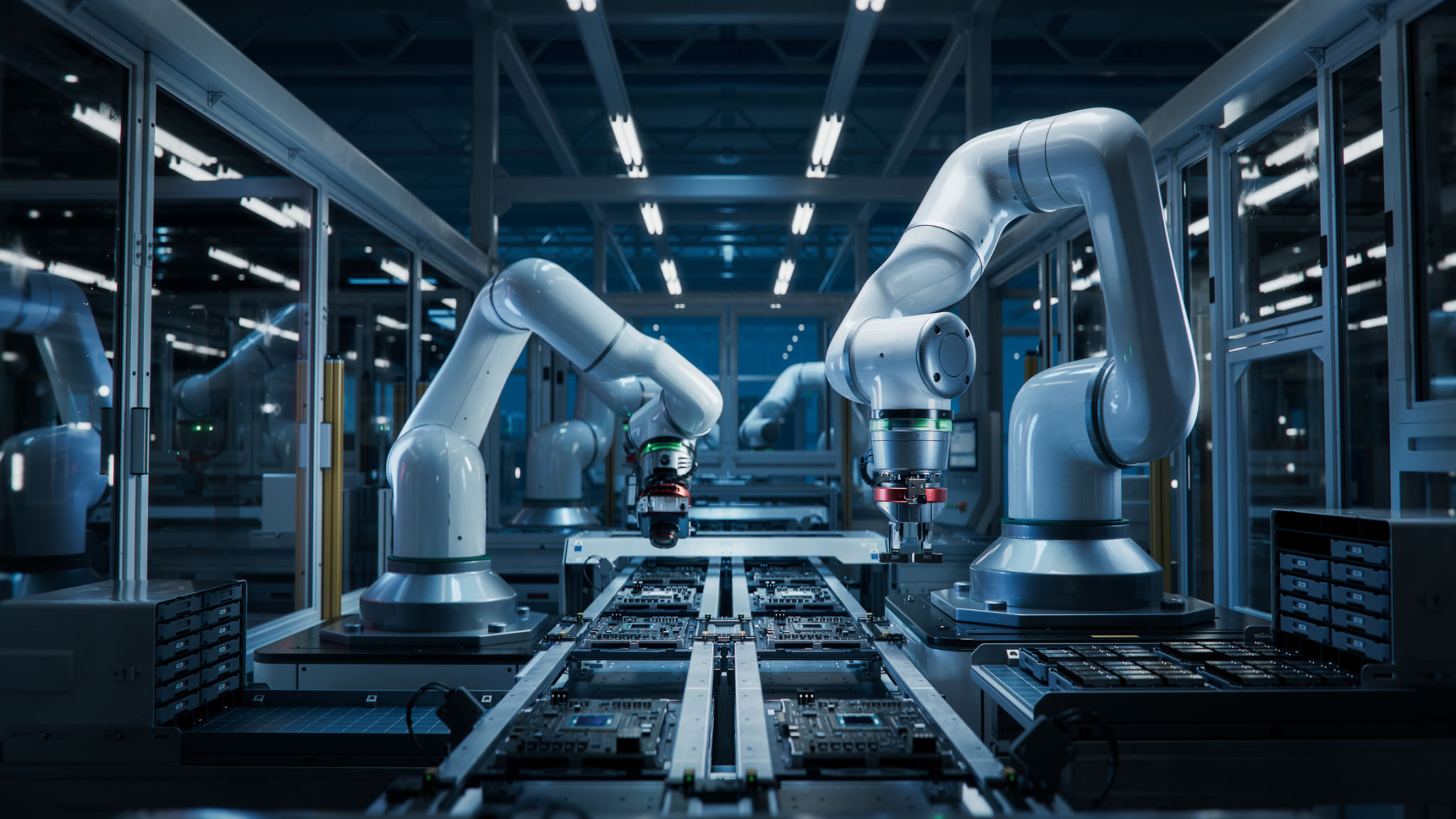Top Trends in Manufacturing Technology: What to Expect
Introduction to Manufacturing Technology Trends
The manufacturing industry is in the midst of a technology-driven transformation that is reshaping how goods are produced and distributed. As we look to the future, several key trends are emerging that promise to enhance efficiency, reduce costs, and improve product quality. Understanding these trends is crucial for businesses aiming to stay competitive in this rapidly evolving landscape.

Smart Manufacturing and Industry 4.0
One of the most significant trends is the rise of smart manufacturing and Industry 4.0. This involves the integration of advanced technologies like the Internet of Things (IoT), artificial intelligence (AI), and big data analytics into manufacturing processes. These technologies enable real-time monitoring and optimization of production lines, leading to increased efficiency and reduced downtime.
For instance, IoT sensors can provide detailed insights into machine performance, while AI algorithms can predict maintenance needs before breakdowns occur. This proactive approach not only saves time but also reduces maintenance costs significantly.
Automation and Robotics
Automation continues to be a driving force in manufacturing, with robots playing an increasingly vital role on the factory floor. Modern robots are more versatile and capable than ever, performing complex tasks with precision and speed. They are particularly beneficial in repetitive and hazardous tasks, ensuring both consistency in production and safety for human workers.
The adoption of collaborative robots, or cobots, is also on the rise. These robots work alongside human employees to enhance productivity without replacing the human touch that remains crucial in many manufacturing processes.

Advanced Materials and Additive Manufacturing
The development of advanced materials and additive manufacturing, commonly known as 3D printing, is opening new possibilities in product design and manufacturing. These technologies allow for greater flexibility in creating complex geometries and customized products, dramatically reducing lead times from concept to market.
Additive manufacturing is particularly useful in sectors like aerospace and healthcare, where bespoke parts are often required. The use of stronger, lighter materials also contributes to improved product performance and sustainability.
Sustainability in Manufacturing
Sustainability is becoming a core focus in manufacturing technology. Companies are increasingly adopting eco-friendly practices to reduce their environmental footprint. This includes everything from using renewable energy sources to implementing closed-loop systems that recycle materials back into the production process.
The move towards sustainable practices not only addresses environmental concerns but also meets growing consumer demand for greener products. As regulations tighten around emissions and waste, manufacturers are investing in technologies that help them comply while maintaining profitability.

Conclusion
As we move forward, these trends in manufacturing technology will continue to evolve, offering new opportunities for innovation and growth. Businesses that embrace these changes will be well-positioned to thrive in the competitive global market. By staying informed and adaptable, manufacturers can leverage these advancements to enhance their operations and deliver superior products to their customers.
